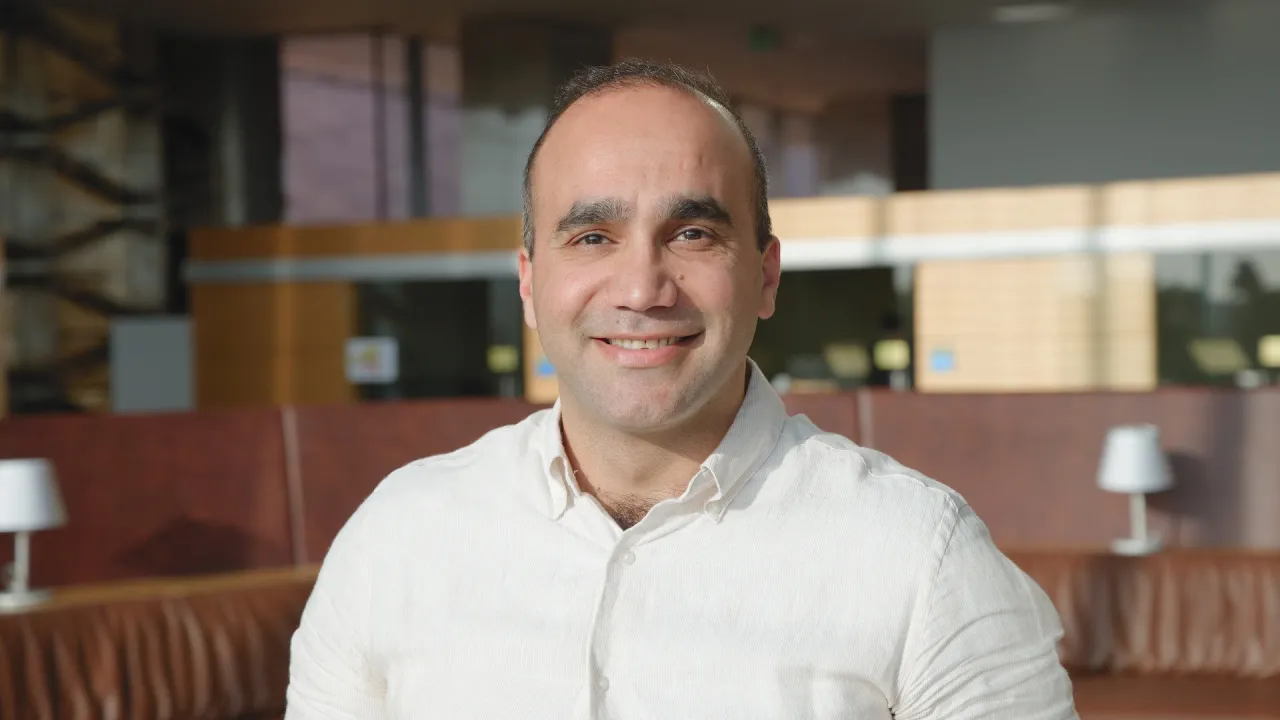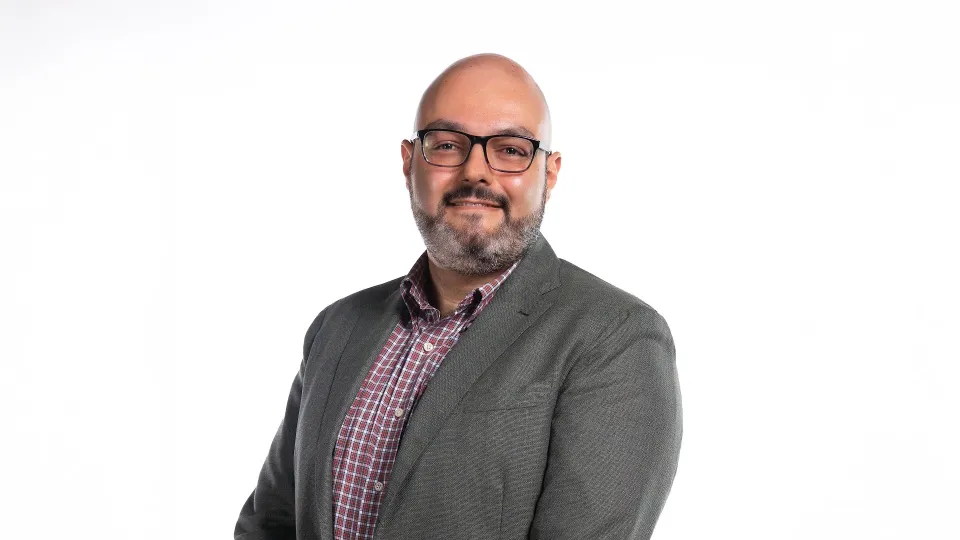
Ali Thabet
- Research Scientist, Image and Video Understanding Lab
About
Ali Thabet is a Research Scientist at the Visual Computing Center (VCC) in King Abdullah University of Science and Technology (KAUST), working with Professor Bernard Ghanem in the Image and Video Understanding Laboratory (IVUL).
Education and Early Career
Ali obtained a bachelor of engineering degree in Electrical Engineering, from the American University of Beirut in Beirut, Lebanon in 2006. He holds a Ph.D. in Computer Science from the University of Dundee in Dundee, UK.
He joined KAUST as a Postdoctoral Fellow in the Visual Computing Center (VCC) from 2012 to 2014. After that, he worked as an Integrative Activities Specialist at the Office of Sponsored Research in KAUST for 2 years. He then went back to his home country in Lebanon as the Co-Founder and CTO of E-commerce Startup Company Fig. later on, in 2016, he joined Udacity Blitz as a Lead Computer Vision Engineer in Mountain View in California, USA.
Ali returned to KAUST as a Research scientist at Visual Computing Center (VCC) in 2018.
Research Interests
Ali is focusing in his research on problems related to 3D computer vision. In general, he’s interested in algorithmic applications of machine learning, and deep learning specifically, to understand the 3D world with the help of sensors like RGB-D cameras, LiDAR, and others. Also, Ali is interested in applying deep learning to image reconstruction, 3D object detection and generation, and autonomous vehicles.
Honors and Awards
Ali Thabet was awarded SABIC Postdoctoral Fellowship in 2014.
Publications
Education Profile
- Ph.D., Computer Science, University of Dundee, Dundee, UK, 2010
- B. E., Electrical Engineering, American University of Beirut, Beirut, Lebanon, 2006
Awards and Distinctions
SABIC Postdoctoral Fellowship, 2014
